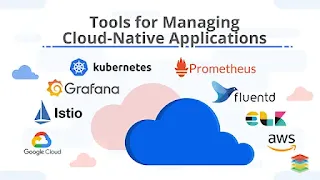Several software tools are used for each cloud-native application development process. Together, they create a development stack.
Here is the software found in a cloud-native development stack:
Docker. The Docker platform is open source. It creates, deploys and manages virtualized application containers using a common operating system (OS). It isolates resources allowing multiple containers to use the same OS without contention.
Kubernetes. The Kubernetes platform is used to manage and orchestrate Linux containers, determining how and where the containers will run.
Terraform. Designed for implementing IaC, Terraform defines resources as code and applies version control so users can see when and where resources were altered.
GitLab CI/CD. This continuous integration/continuous development (CI/CD) software lets users automate software testing and deployment. GitLab can be used for security analysis, static analysis and unit tests.
Node.js. This JavaScript runtime is useful for creating real-time applications like chat, news feeds and other microservices. For example, Node.js can create virtual servers and define the routes that connect microservices to external APIs.
The future of cloud-native applications
Cloud-native applications have seen increased use in recent years and are predicted to be the future of software development. The Cloud Native Computing Foundation estimated there were at least 6.5 million cloud-native developers in 2020 compared to 4.7 million in 2019.
Cloud-native applications solve some of cloud computing's inherent problems. Nevertheless, migrating to the cloud to improve operational efficiencies has a range of challenges.











.gif)
0 Comments